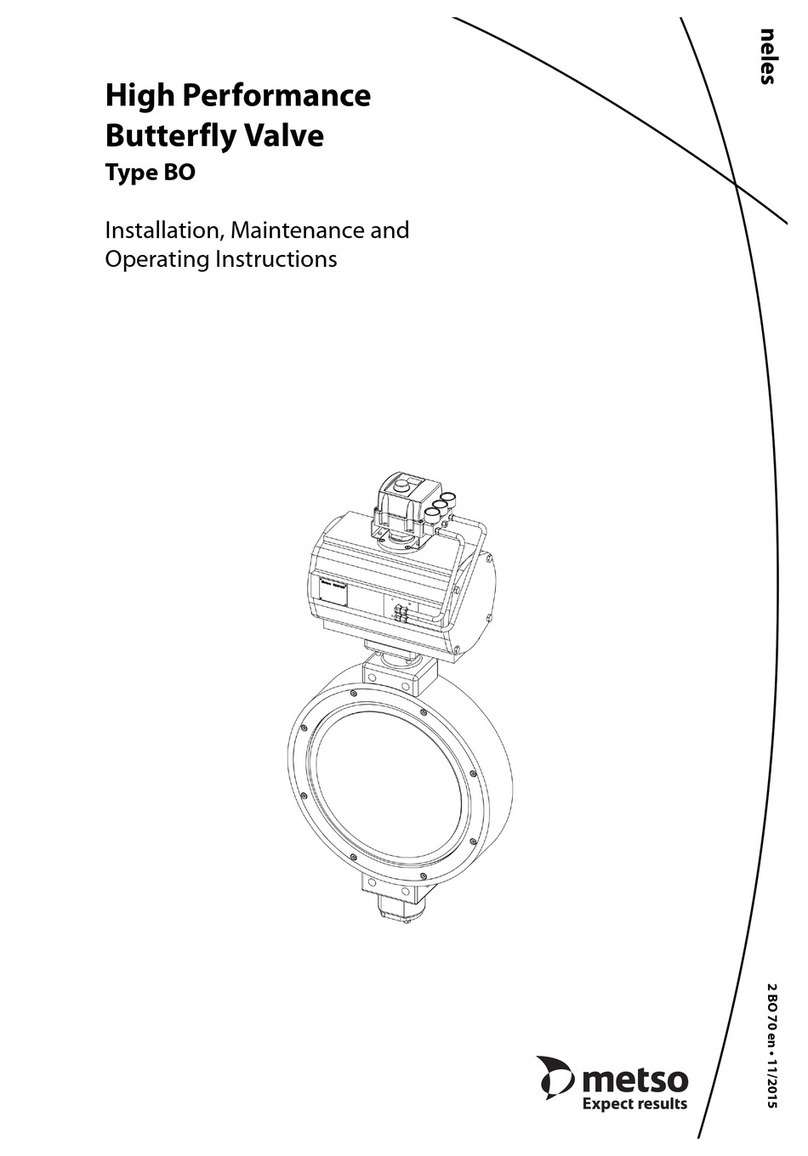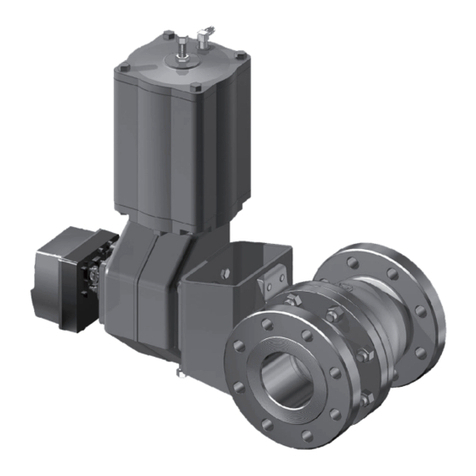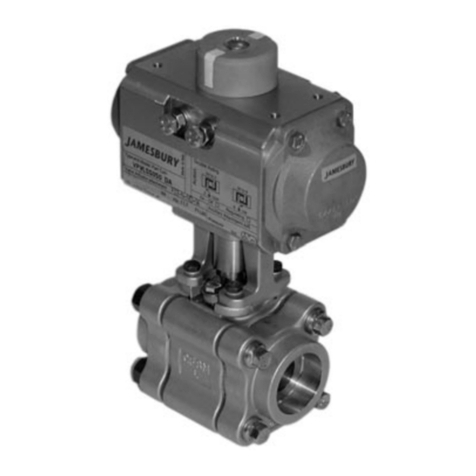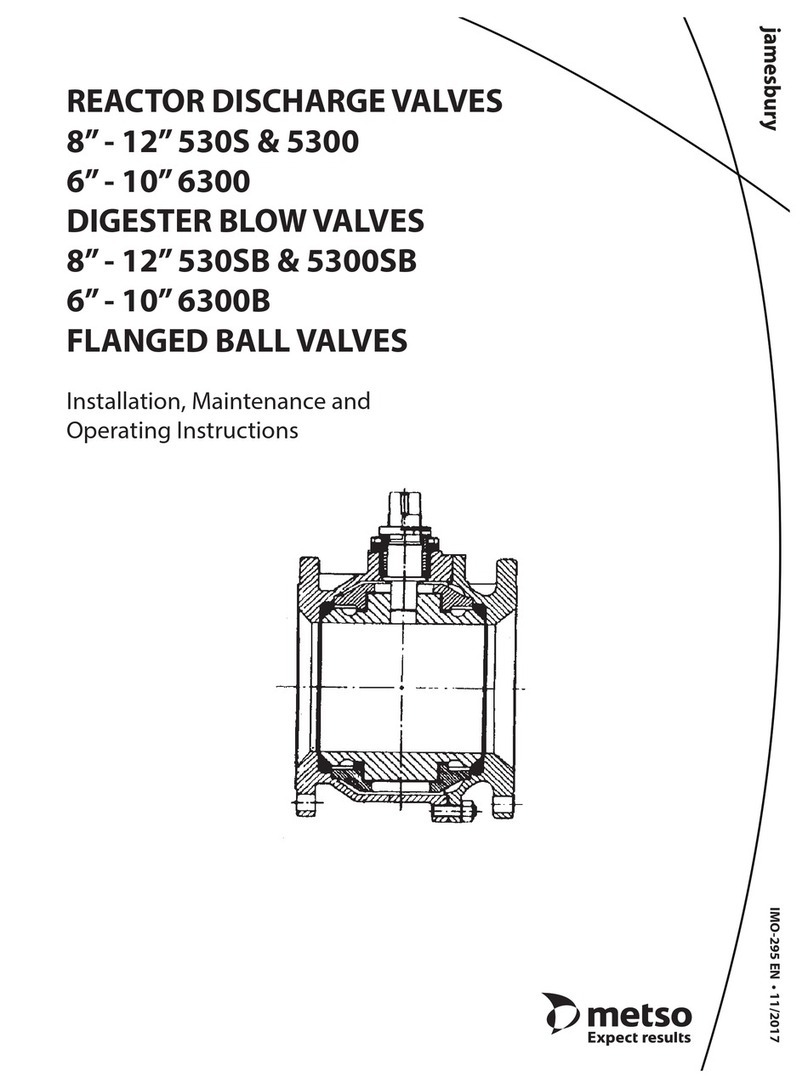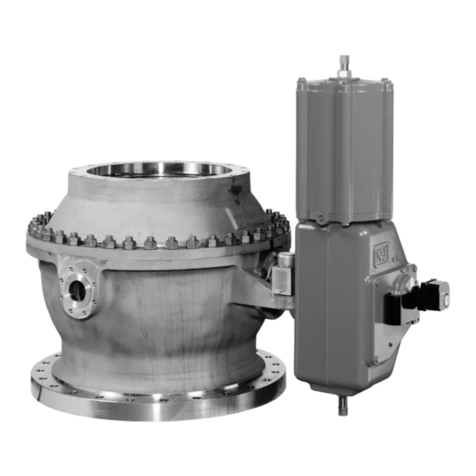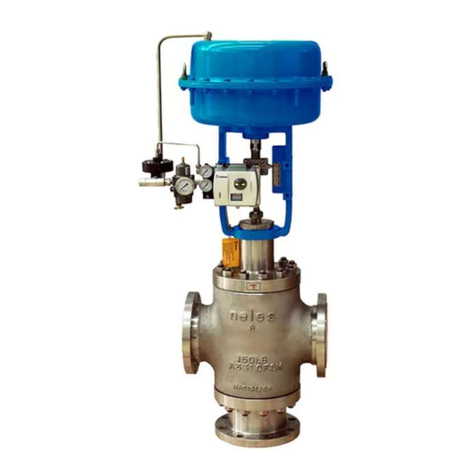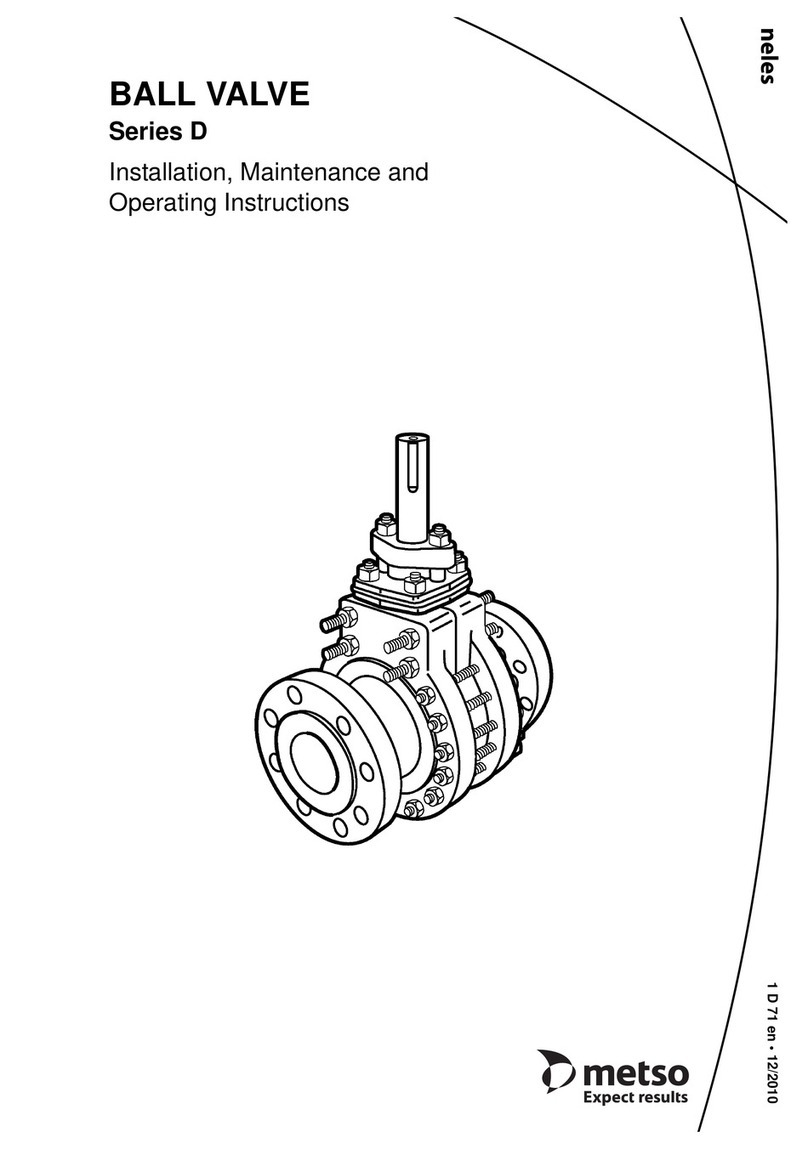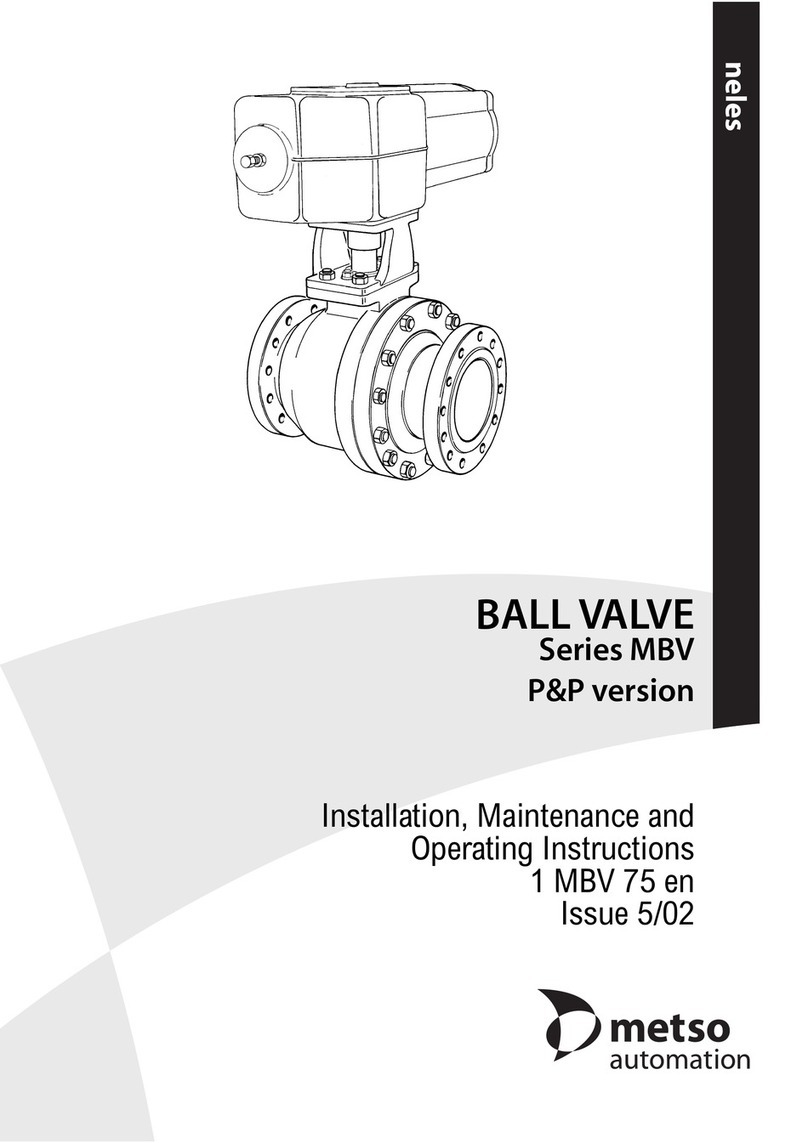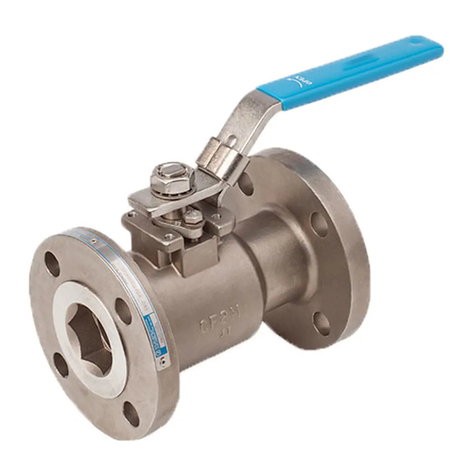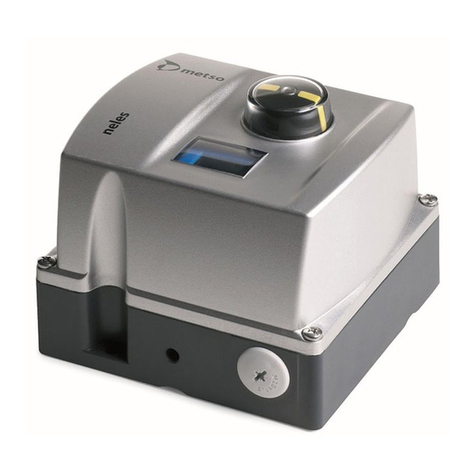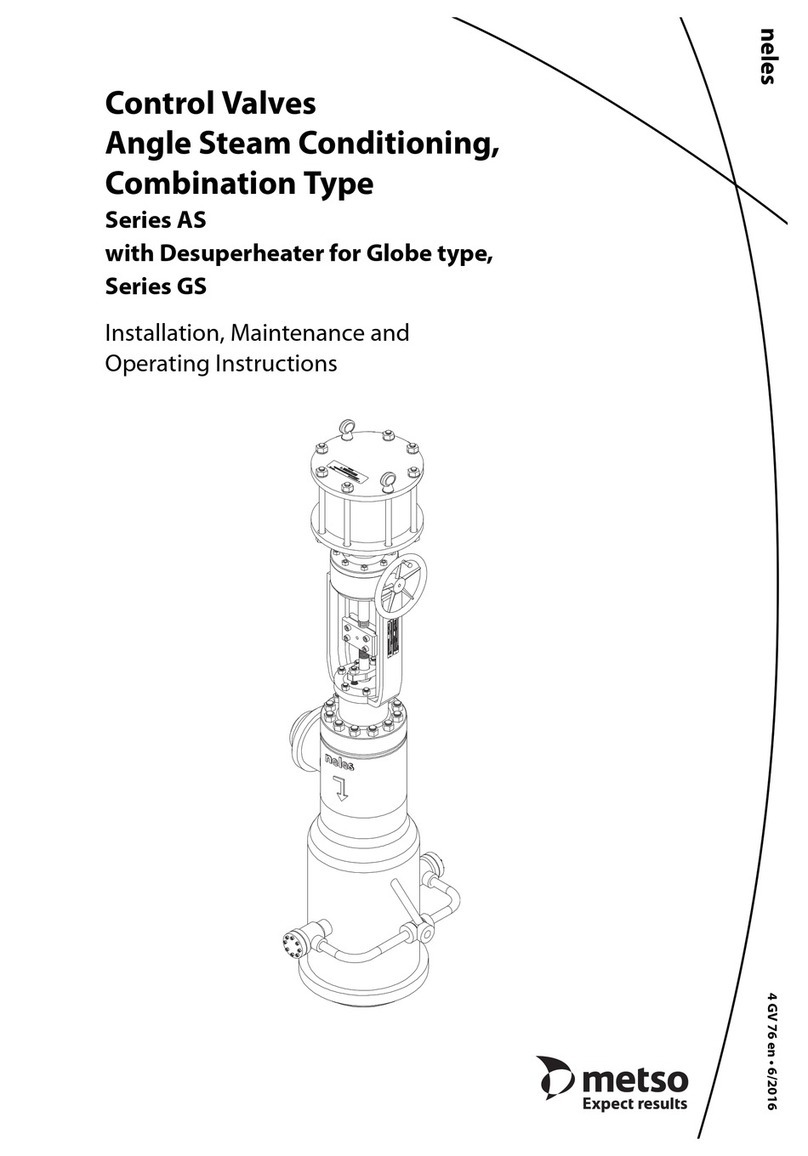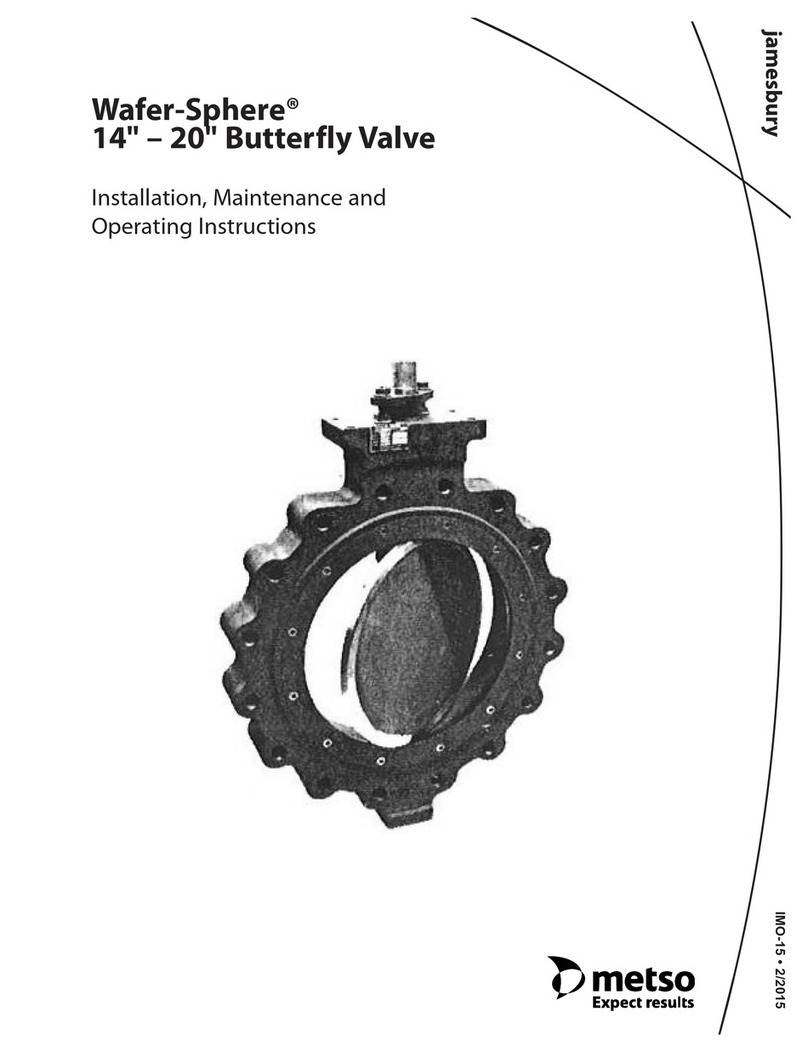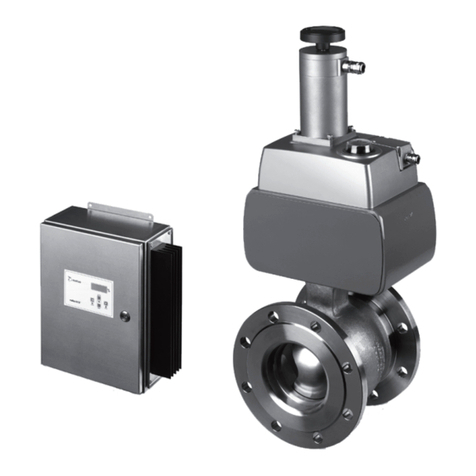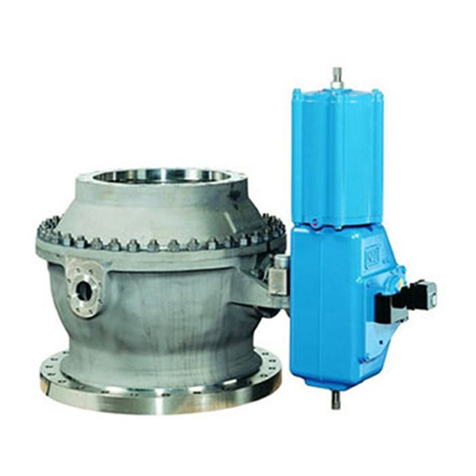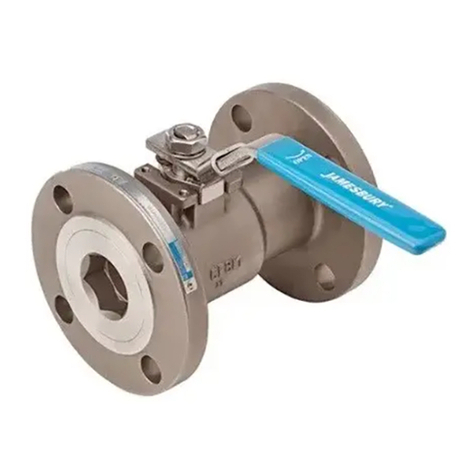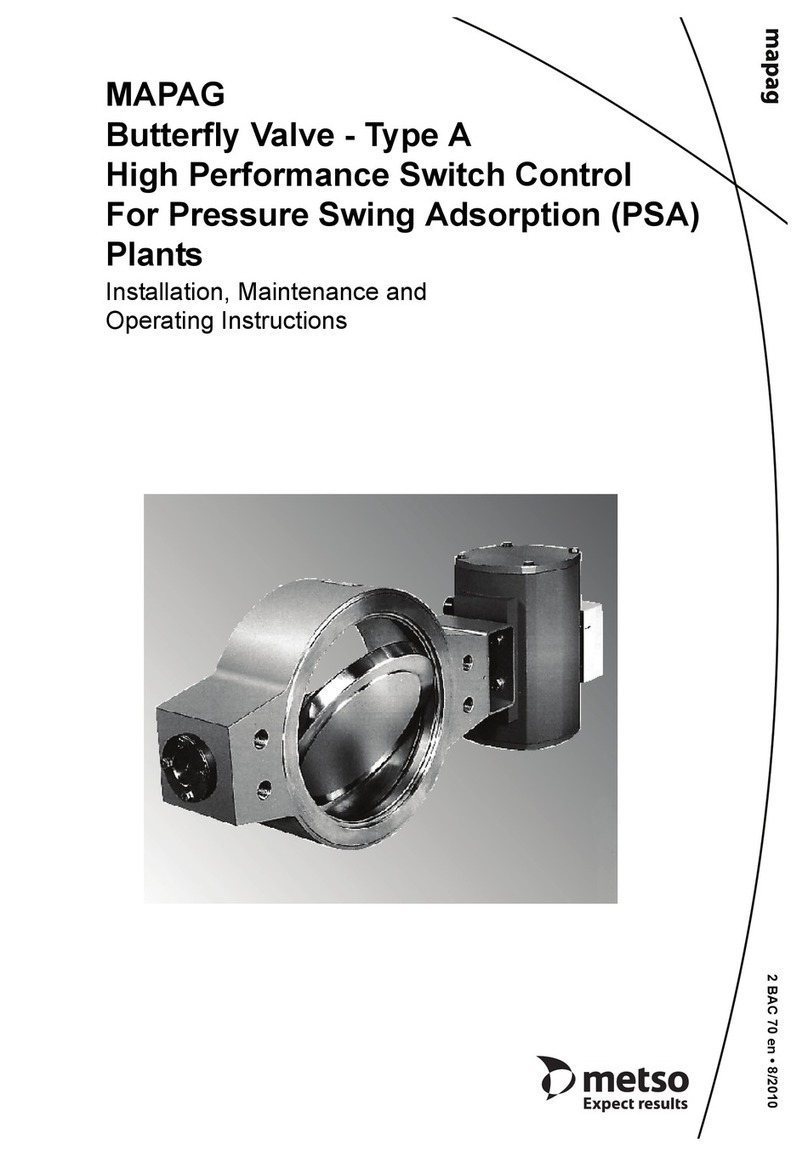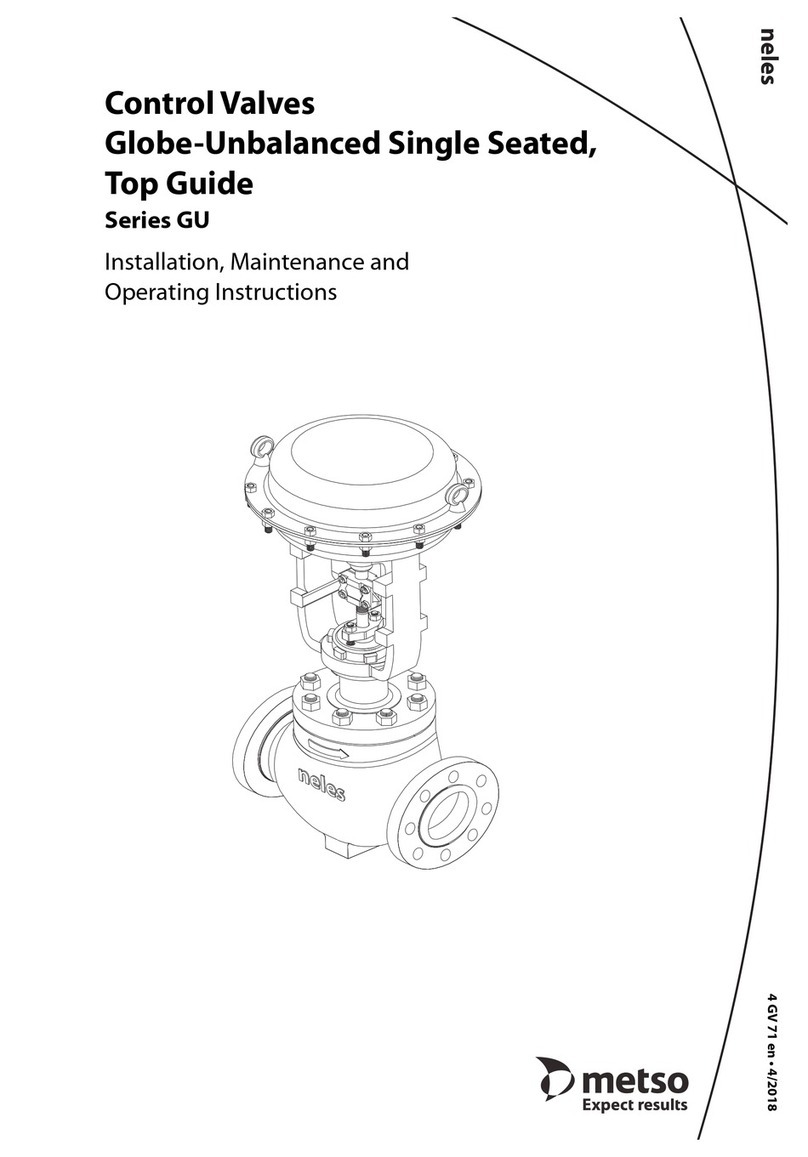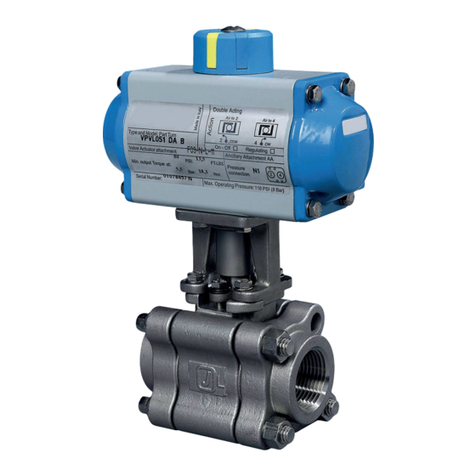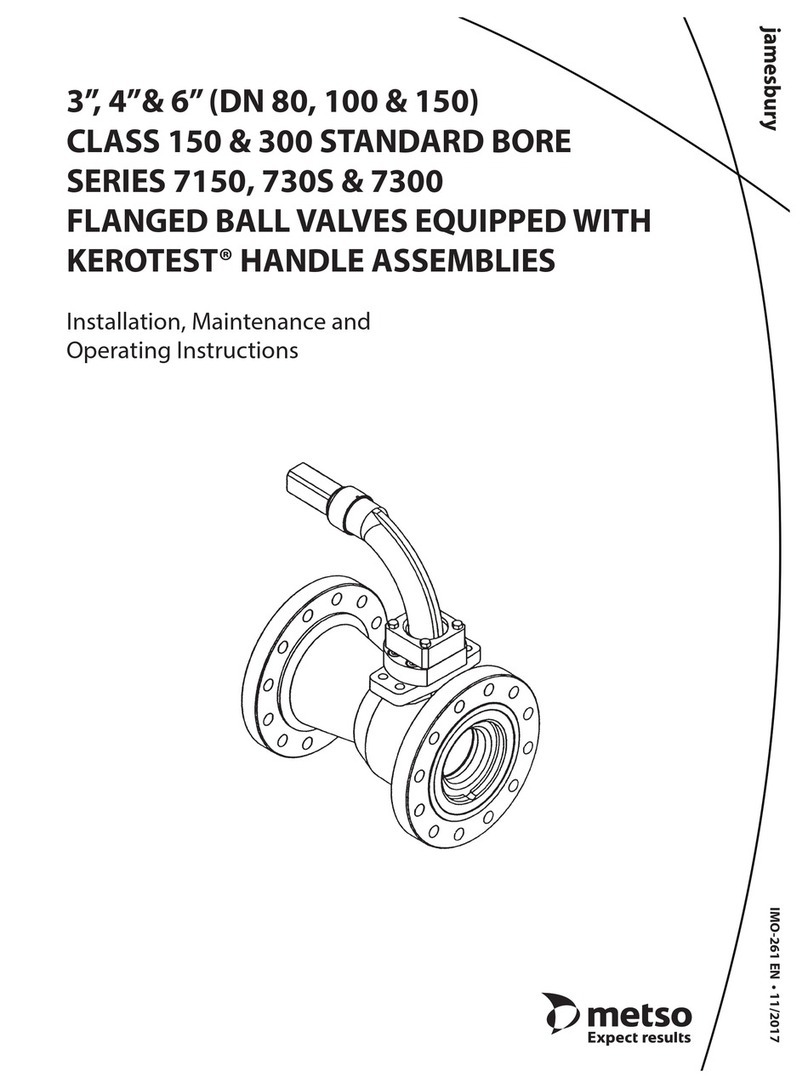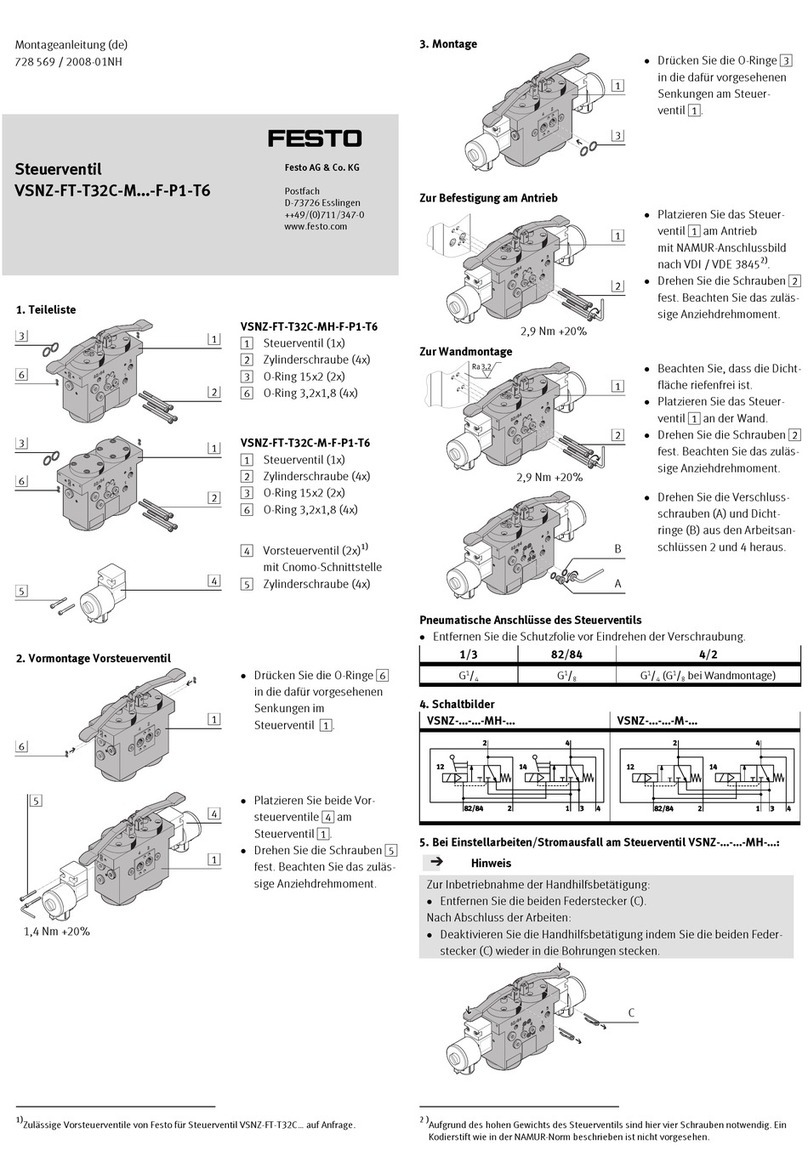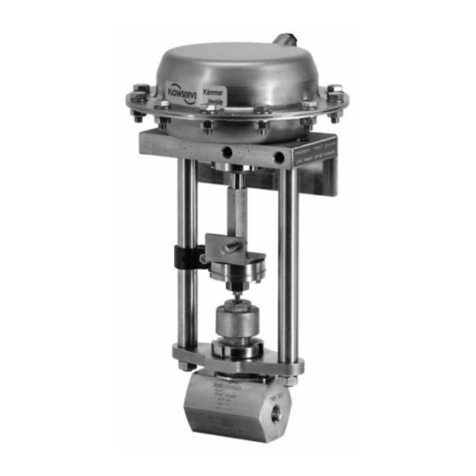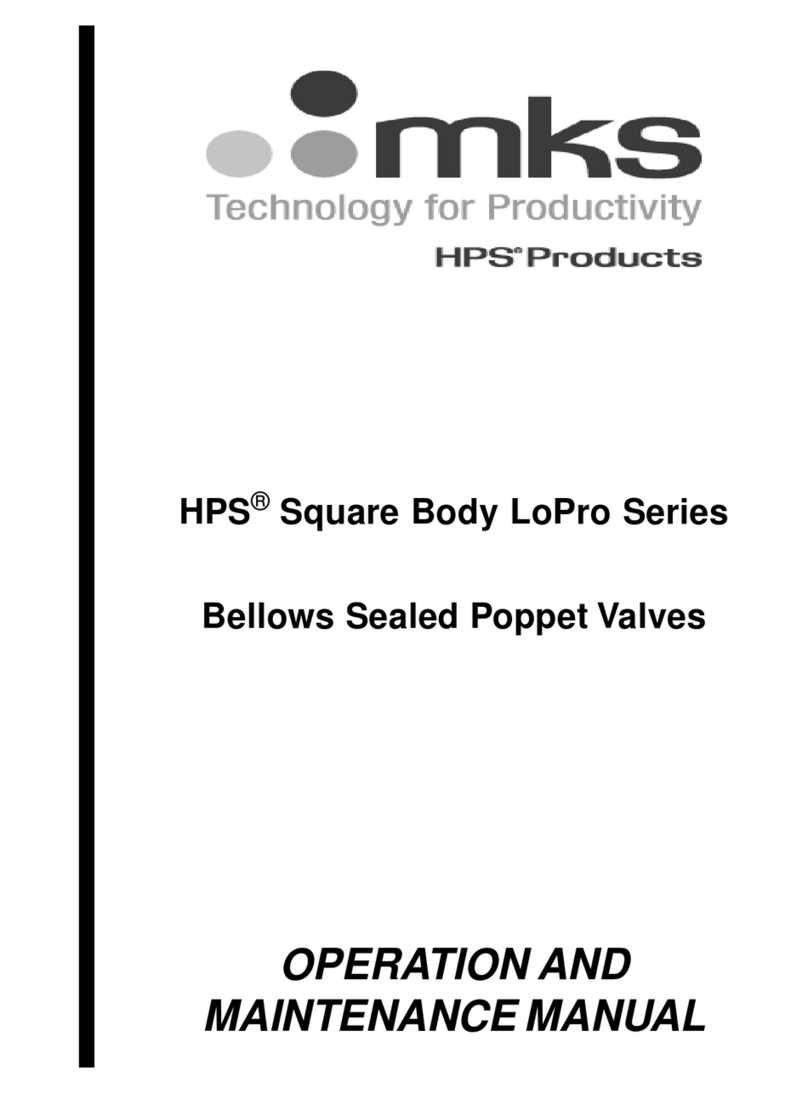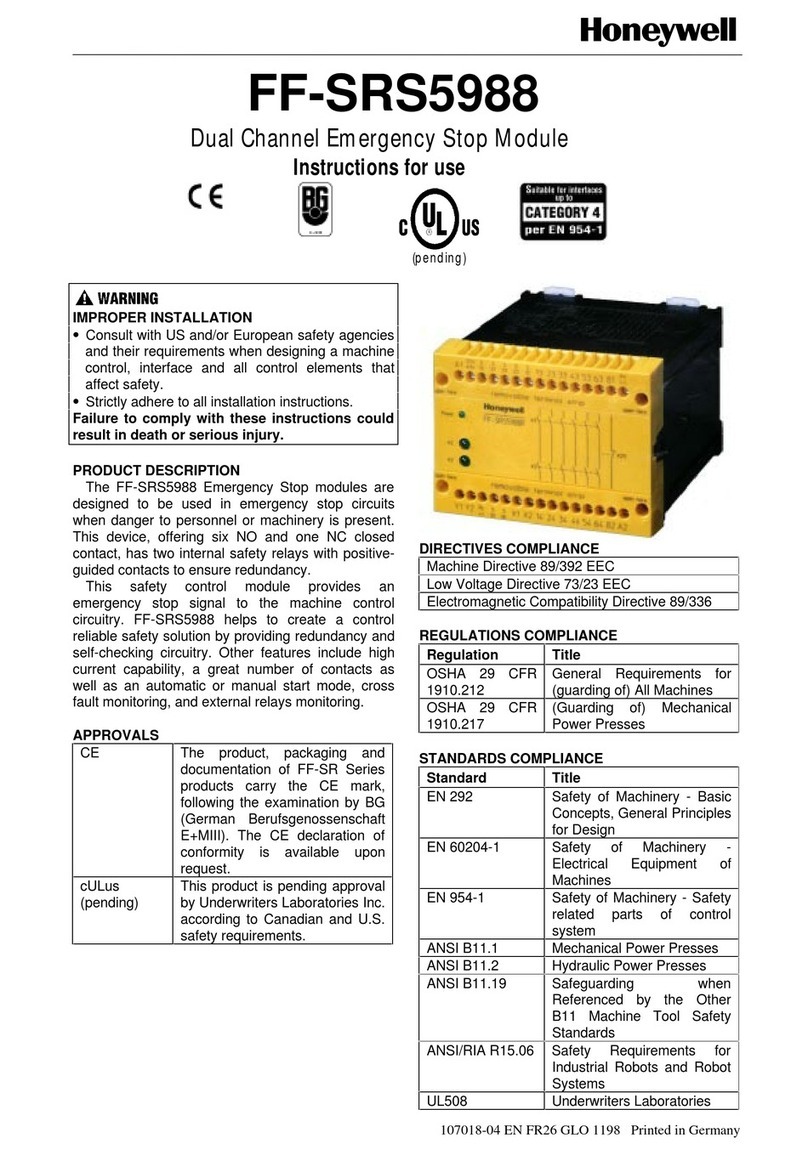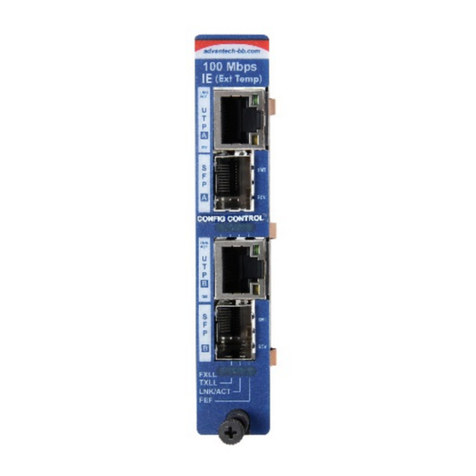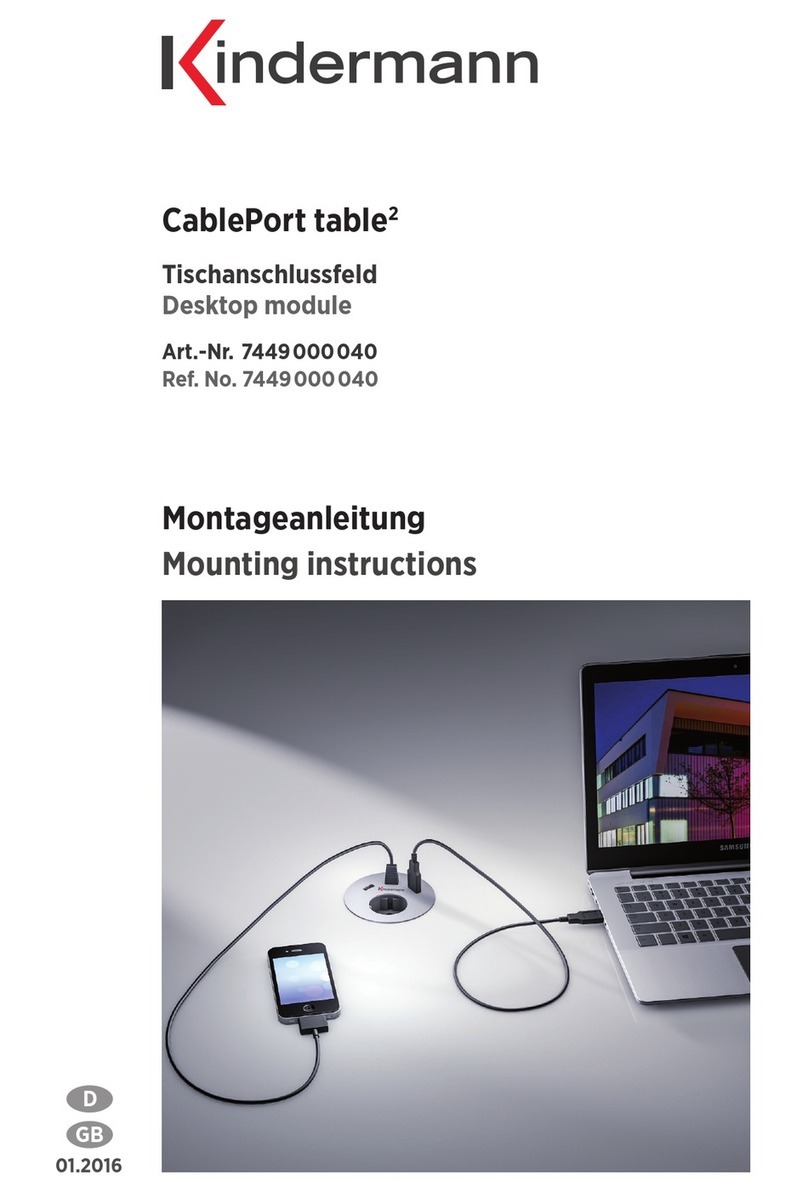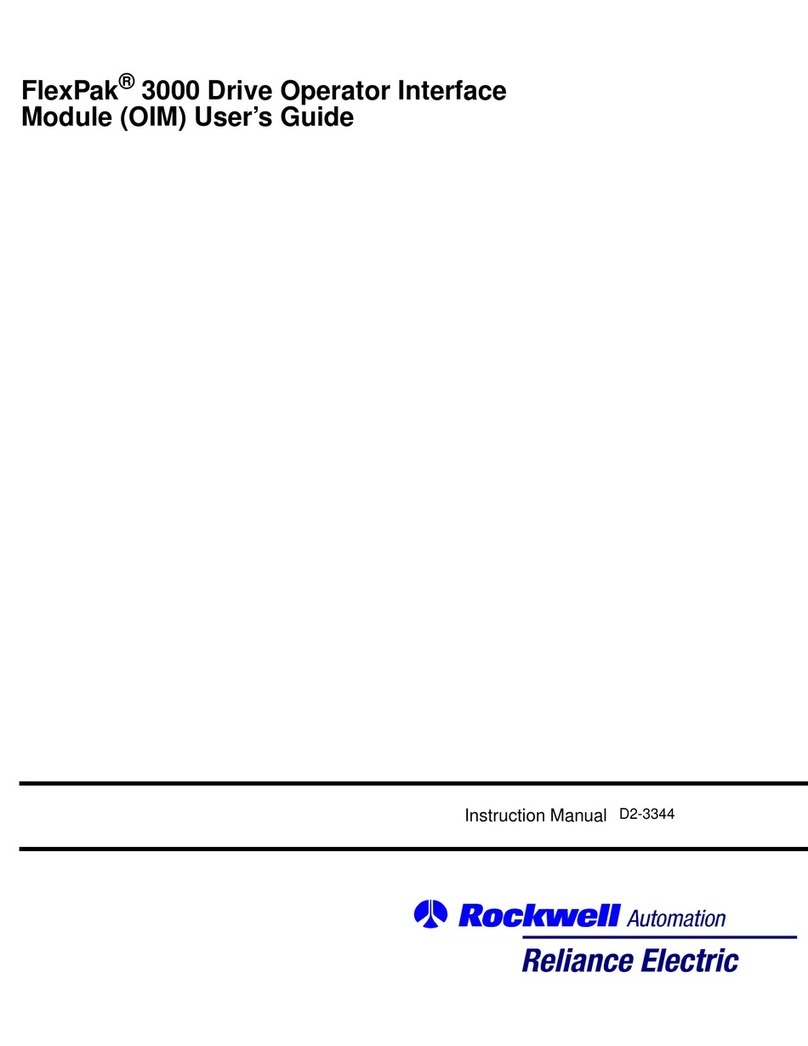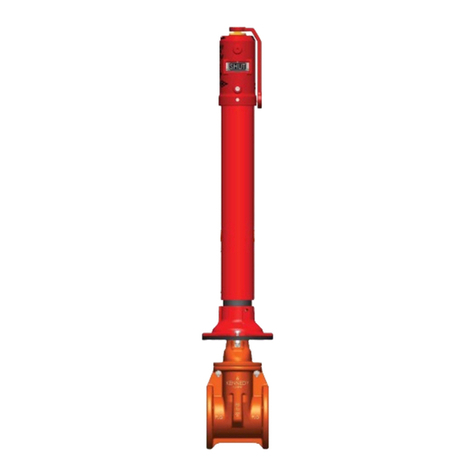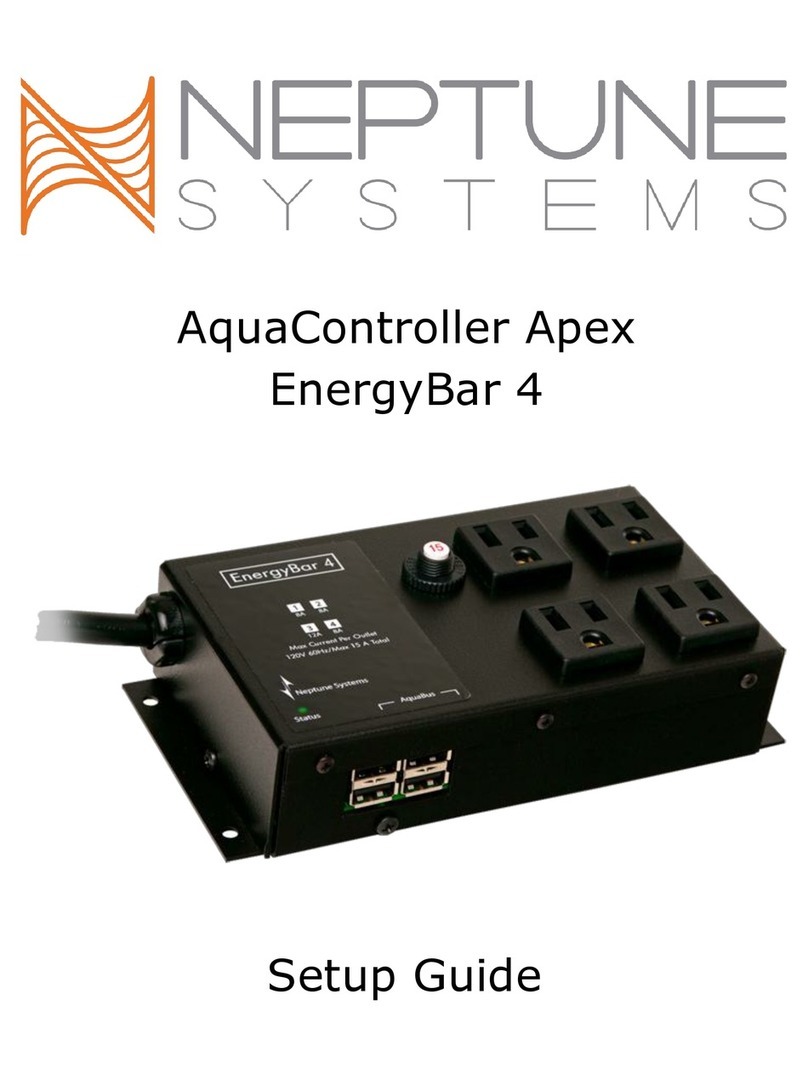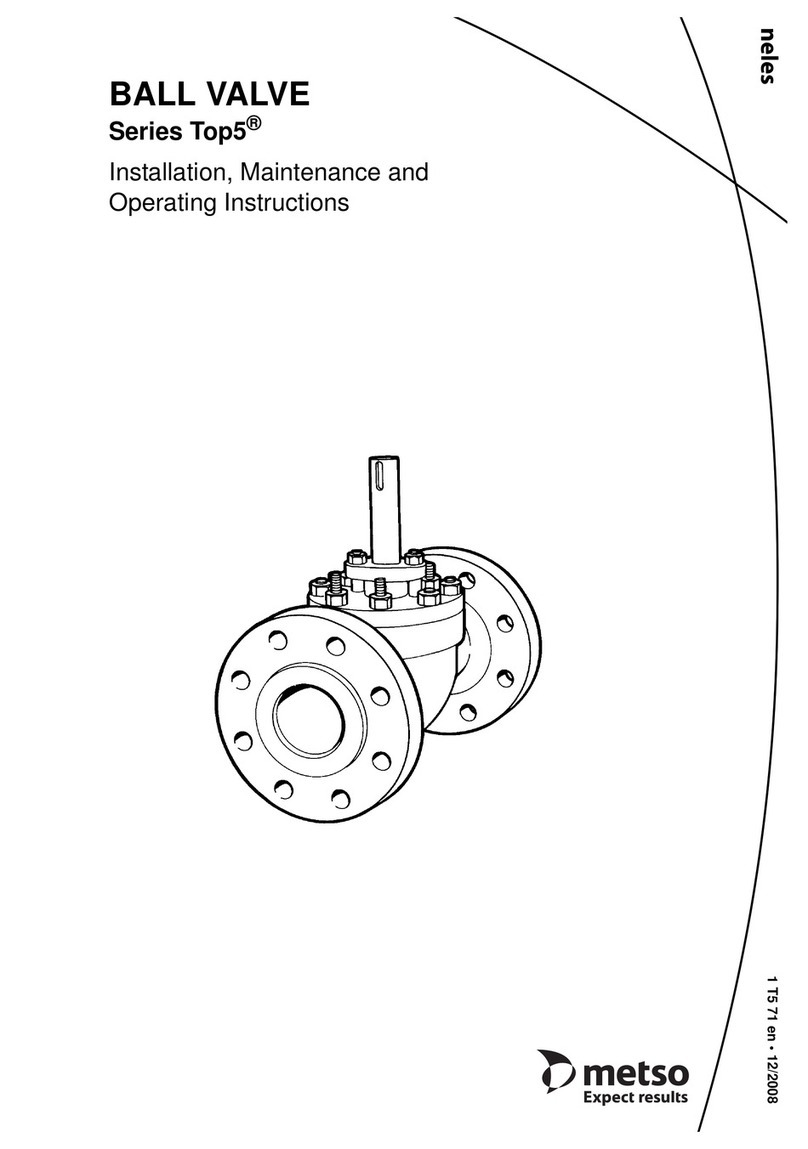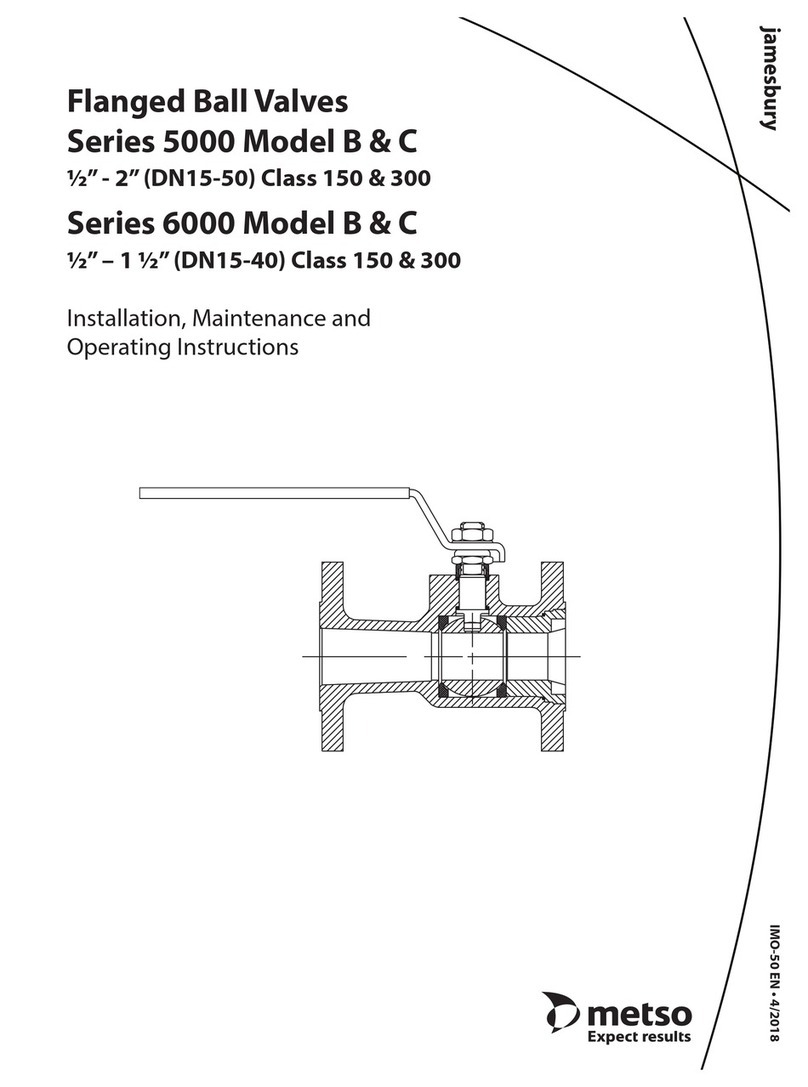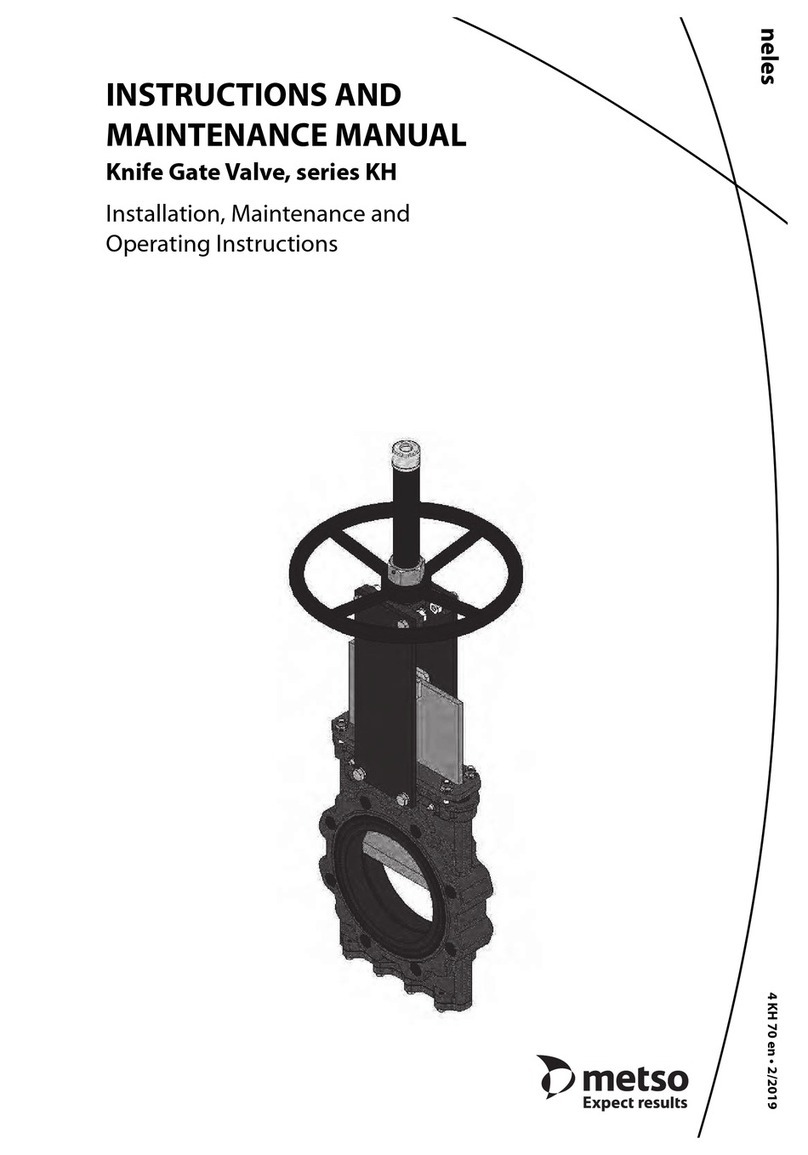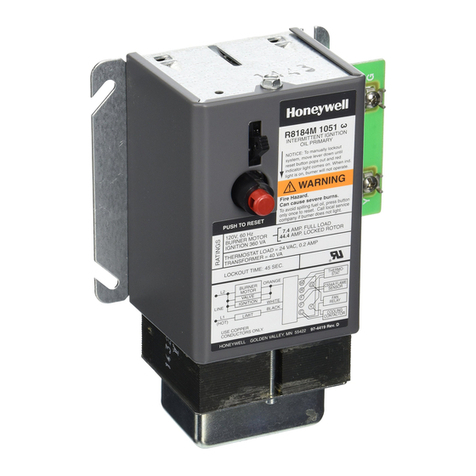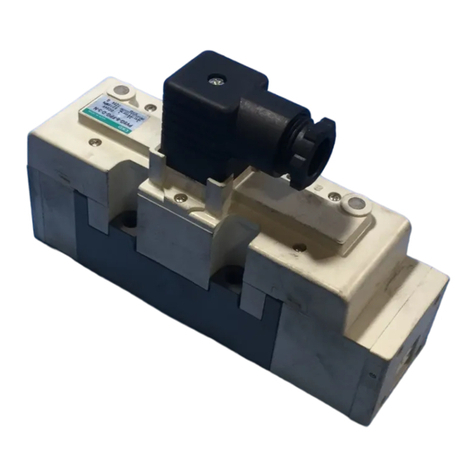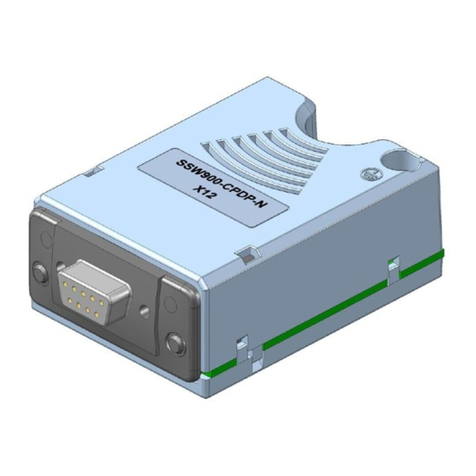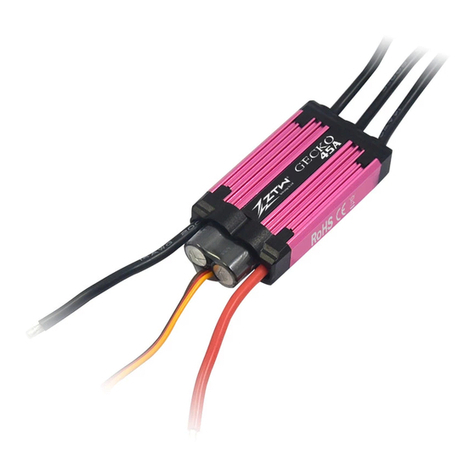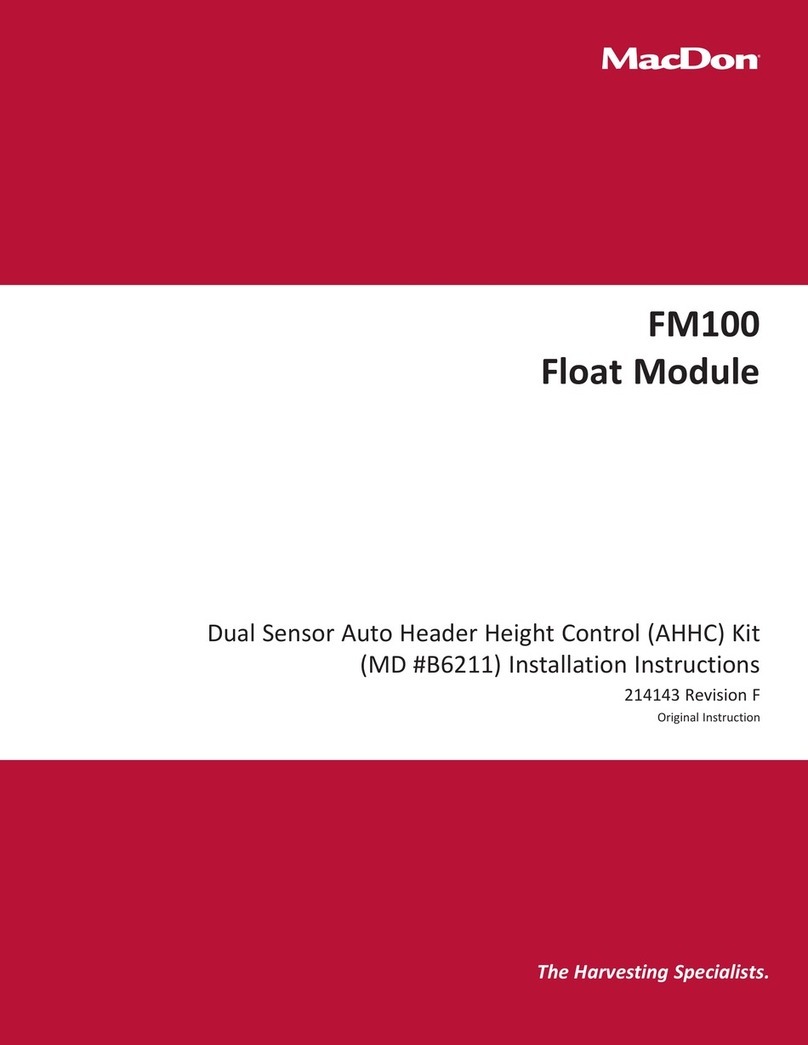
1 RG 70 en 7
Make sure the pin (21) is in the hole between the
cage (7) and the body before mounting the bon-
net seal.
Mount the new bonnet seal.
Push the shaft through the bonnet halfway to the
yoke and check the keyway edges so as not to
scratch the packing rings.
Mount the sheet ring (70) and support ring (23) with
the bearing strip (71) on the shaft. Mount the net
side of the sheet ring and bearing strip against the
thrust bearing. Hold the thrust bearing halves onto
the groove of the shaft and slide the support ring
onto the thrust bearing to lock it. Push the shaft to
the upper position. Make sure the pin (6) head of the
plug is in the recess of the bonnet.
Fasten the gland (9) with the nuts (18) and tighten
them according to the Table 1.
Mount the bonnet with the shaft and plug to the
body, plug in closed position, so the arrows on the
body and on the bonnet point to the same direction.
Tighten the nuts (17) in a cross-tightening manner
according to the Table 1.
Tap the key (10) to the keyway.
5 TESTING THE VALVE
We recommend that the valve body is pressure-tested after
the valve has been assembled.
The pressure test should be carried out in accordance with
an applicable standard for the pressure rating. The valve
must be in the open position during the test.
6 MOUNTING THE ACTUATOR
The actuator is attached to the valve via an ISO 5211 stand-
ard mounting interface. Several types of Metso actuators
can be used with suitable couplings. Refer to the individual
manuals for further information on their installation, main-
tenance and operation.
Push the actuator carefully onto the valve shaft.
Avoid forcing it, since this may damage the plug and
cage. Tighten the screws of the interface, see Table 1.
The cone coupling has an axial tightening screw in E-
series actuators. Make sure it is tightened according
to the instructions.
Adjust the closed position of the trim by means of
the actuator stop screw, see actuator instructions.
The valve has an internal limit stop to find the closed
position of the valve. Unscrew the closed position
stop screw of the actuator until the rotation of the
valve shaft stops or if the valve shaft does not rotate
turn in the opposite direction until the shaft starts to
rotate. Then adjust the stop screw by one half turn so
the valve rotates in the open direction slightly. Lock
the stop screw.
Adjust the open position of the trim by means of the
actuator stop screw. Drive the actuator 90 degrees
from the closed position. Turn the stop screw to the
contact and lock the stop screw.
The stop screw threads through the cylinder heads
of the actuator must be sealed using an appropriate
non-hardening sealant, e.g. Loctite 225.
7 TOOLS
Removal of the actuator
In addition to standard tools, the following special tools
might facilitate some phases of the work.
Extractor. (ID-code table in actuator's IMO)
cage removal tool, see Table 1.
Table 1 Cage removal tools series ZX
Tools can be ordered from the manufacturer.
8 ORDERING SPARE PARTS
When ordering spare parts, always include the following
information:
type code, sales order number, serial number
number of the parts list, part number, name of the
part and quantity required
This information can be found from the identification plate
or documents.
CAUTION:
Pressure testing should be carried out using equip-
ment conforming to the correct pressure class!
CAUTION:
Beware of the plug movement!
NOTE:
The B1J actuator (spring-to-close) may not be driven
against the internal stop screw with the full spring torque.
Adjust the limit by lowering the actuator pressure slowly.
The counterpressure in the actuator limits the spring tor-
que. Operate the B1JA (spring-to-open) actuator, or the
double-acting B1C actuator with the lowest possible
pressure against the internal stop. Excessive torque may
damage the valve.
Product: ID:
DN 0H-02 (12 mm - 50 mm) H083121
DN 03 (80 mm) H137439
DN 04 (100 mm) H137435
NOTE:
Always use original spare parts to make sure that the valve
functions as intended.
















